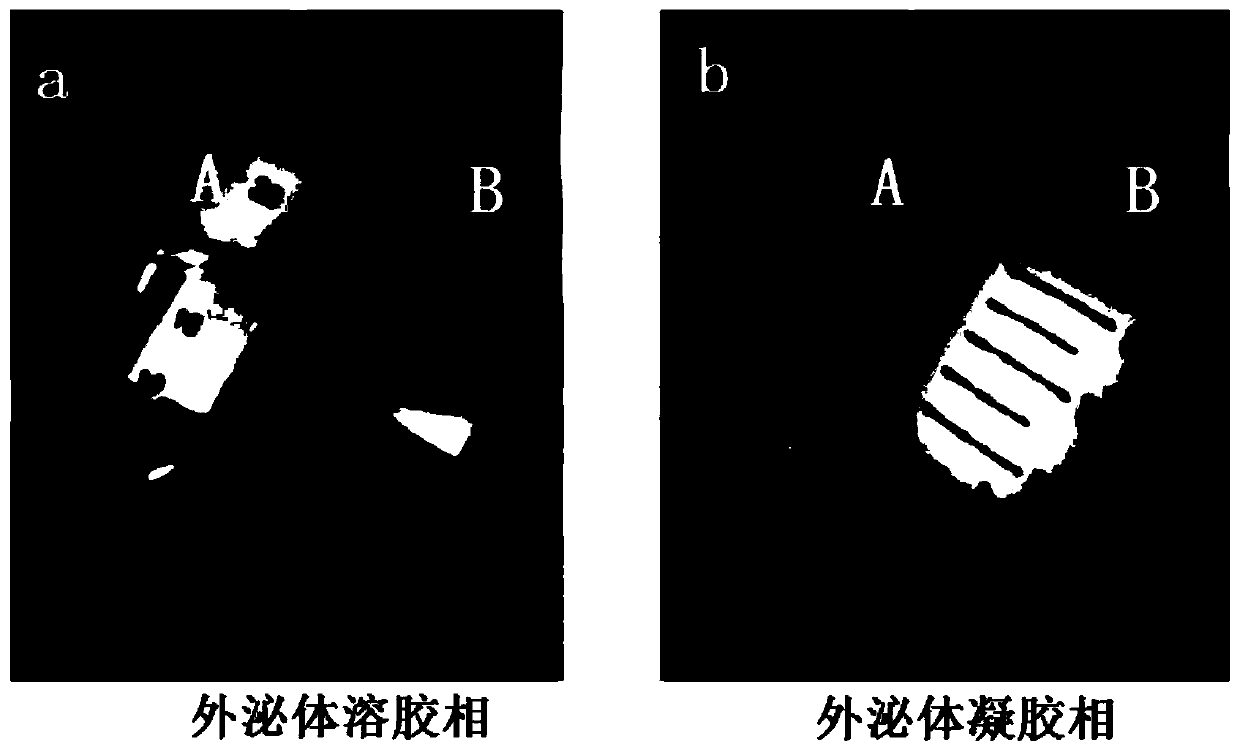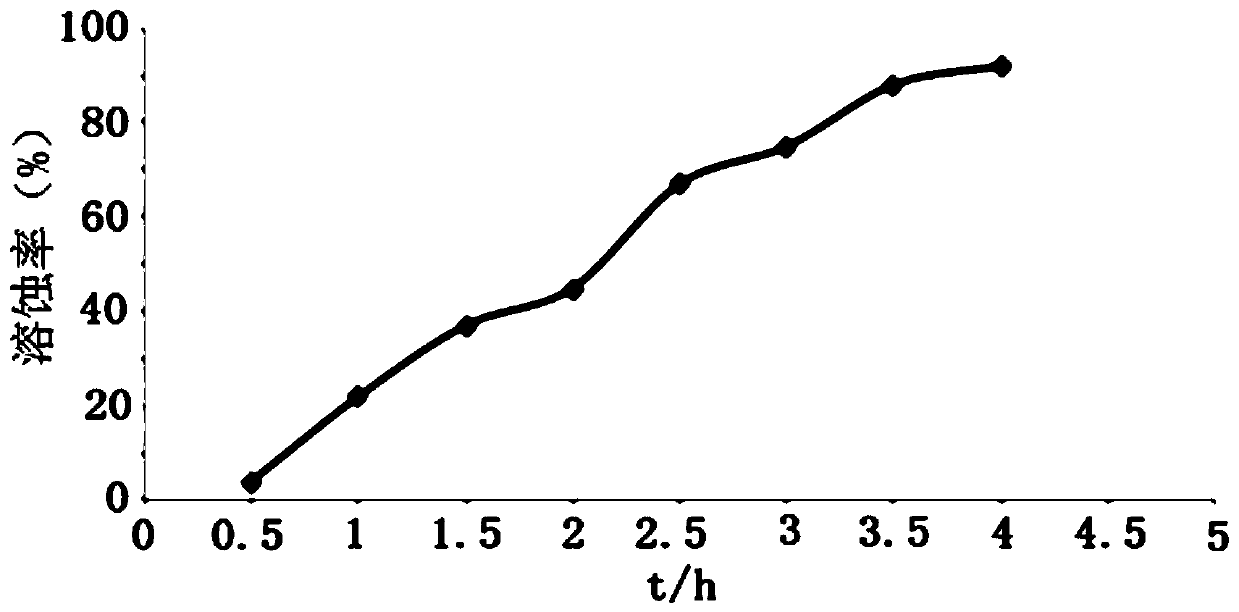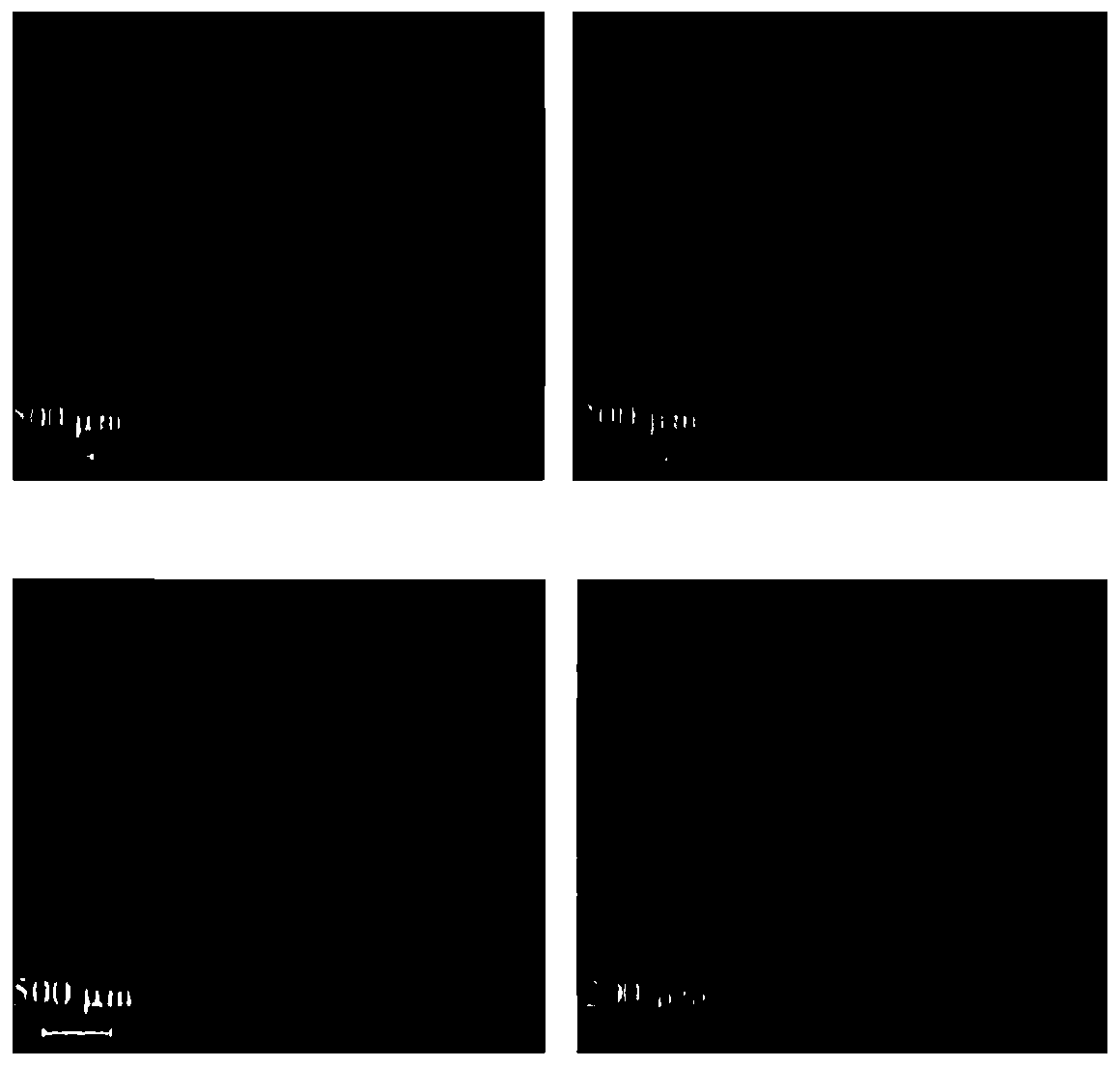Temperature sensitive biogel preparation and application thereof
A technology of gel preparation and sex biology, applied in the field of stem cell application, can solve the problems of limited separation effect and retrograde infection, and achieve the effects of improving viscosity and bioadhesion, preventing infection and preventing uterine intrauterine adhesion.
- Summary
- Abstract
- Description
- Claims
- Application Information
AI Technical Summary
Problems solved by technology
Method used
Image
Examples
Embodiment 1
[0036] Example 1 Preparation of MSCs exosomes
[0037] 1) Human placental mesenchymal stem cells were plated at 1×10 6 / cm 2 The densities were inoculated in multiple culture flasks. Place the cell culture flask at 37°C, 5% CO 2 Culture in a humidified incubator, and change the medium every three or four days. The culture medium is a commonly used mammalian cell culture medium. The cell growth and morphological changes were observed under an inverted microscope. When the cells grew to 60% of the bottom of the culture flask, fresh culture medium was replaced. After 48 hours, the supernatant of each culture flask was collected and combined. Take 30 mL of the supernatant, centrifuge at 1000 × g for 15 min to remove cell debris, filter it through a 0.45 μm sterile filter into a 20 mL ultrafiltration centrifuge tube, and centrifuge at 1000 × g for 70 min at 4 °C to obtain exosome-containing The concentrated solution was transferred to an ultracentrifuge tube with 200 μL of suc...
Embodiment 2
[0039] The preparation of embodiment 2 cold solution method in situ gel
[0040] Take the MSCs exosomes prepared in Example 1, and mix the following raw materials by weight: 20 parts of MSCs exosomes, 26 parts of Poloxamer 407 (P407), 5 parts of Poloxamer 188 (P188), 0.3 part of sodium alginate, 0.1 part of polyethylene glycol, 0.5 part of chitosan, 48 parts of phosphate buffer and pure water. Under stirring conditions, the above substances were slowly added in proportion to sterile pure water for injection, and placed in a 4°C refrigerator for 24 hours to fully swell to obtain a clear and uniform solution, which is a temperature-sensitive biogel preparation. It was placed in a 4°C refrigerator for later use.
[0041] The inversion method was used to determine the gelation temperature of temperature-sensitive biogel formulations. Take 5mL of the above-prepared solution into a 1mL test tube, put it in a 15°C water bath, and slowly heat up at a rate of 1°C / min. When the soluti...
Embodiment 3
[0042] Example 3 Preparation of cold solution method in situ gel
[0043] Take the MSCs exosomes prepared in Example 1, and mix the following raw materials by weight: 20 parts of MSCs exosomes, 25 parts of Poloxamer 407 (P407), 7 parts of Poloxamer 188 (P188), 0.3 part of hydroxypropyl methylcellulose, 0.1 part of polyethylene glycol, 0.5 part of chitosan, 48 parts of phosphate buffer and pure water. Under stirring conditions, the above substances were slowly added in proportion to sterile pure water for injection, and placed in a 4°C refrigerator for 24 hours to fully swell to obtain a clear and uniform solution, which is a temperature-sensitive biogel preparation. It was placed in a 4°C refrigerator for later use.
[0044] The gelling temperature was measured according to the method of Example 2, and the results showed that the gelling temperature was 30-35°C.
PUM
| Property | Measurement | Unit |
|---|---|---|
| Phase transition temperature | aaaaa | aaaaa |
Abstract
Description
Claims
Application Information
 Login to View More
Login to View More - R&D
- Intellectual Property
- Life Sciences
- Materials
- Tech Scout
- Unparalleled Data Quality
- Higher Quality Content
- 60% Fewer Hallucinations
Browse by: Latest US Patents, China's latest patents, Technical Efficacy Thesaurus, Application Domain, Technology Topic, Popular Technical Reports.
© 2025 PatSnap. All rights reserved.Legal|Privacy policy|Modern Slavery Act Transparency Statement|Sitemap|About US| Contact US: help@patsnap.com



